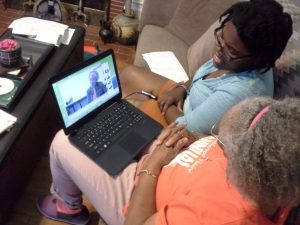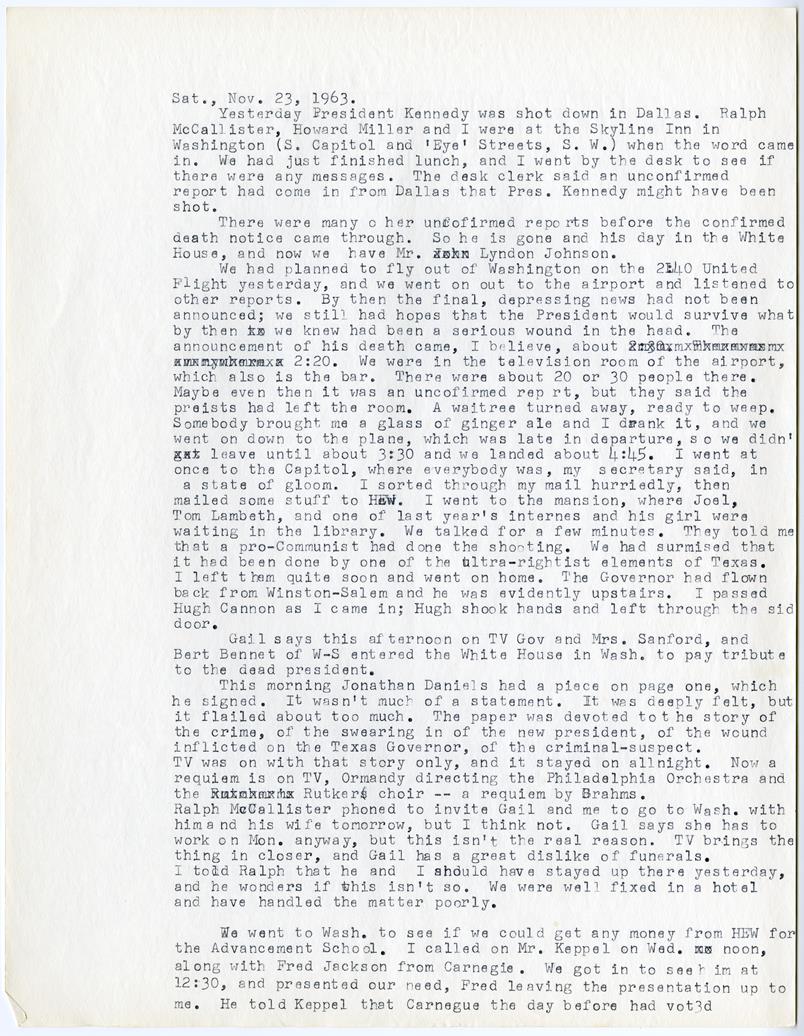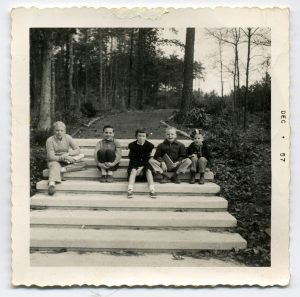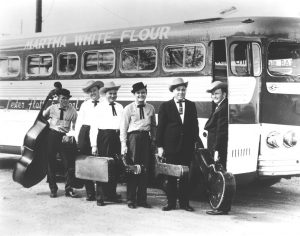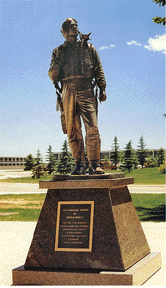As you can tell the staff of the Southern Historical Collection is working hard to bring fresh content to our new and improved blog platform. For my part, I will be sharing the most recent highlights of my experience in the stacks, on campus, and around the town, state, country, or the world (wishful thinking). I imagine that this will be helpful for aspiring archivists and anyone who enjoys the process of discovery.
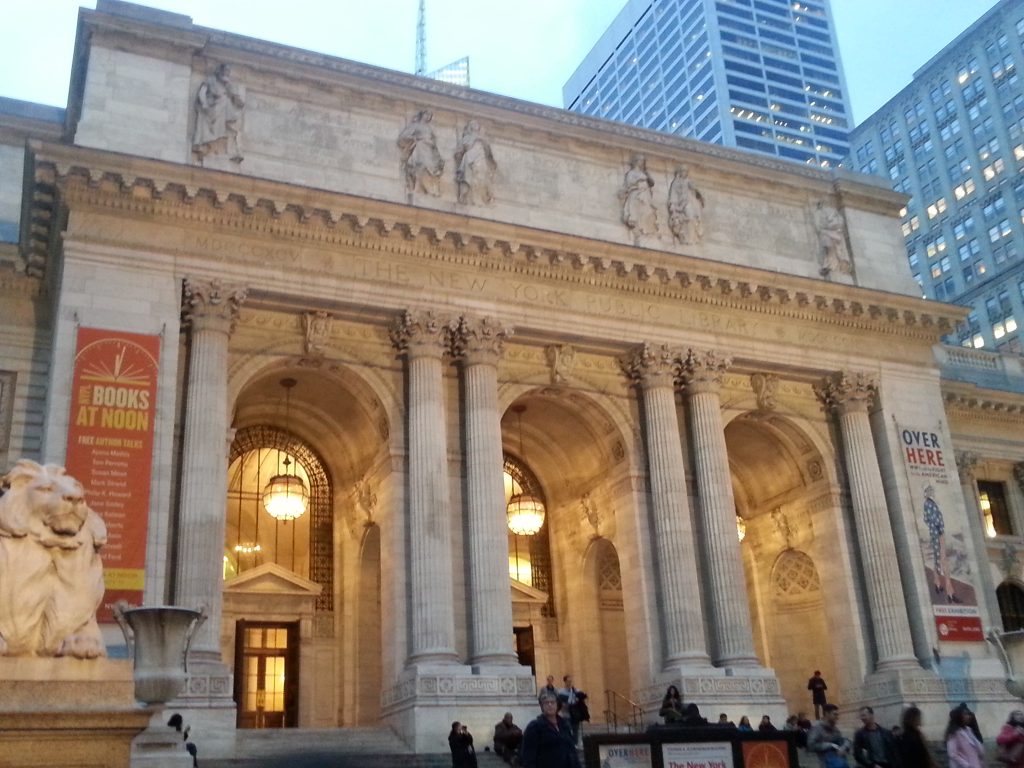
During Halloween weekend, I had the pleasure of attending the State of Black Research Collections conference at the Schomburg Center for Research in Black Culture in New York City. The conference was intended for anyone who had an interest in African American archives which included museum directors, teachers, archivists, artists, and scholars. The sessions were highly interactive and all of the participants were encouraged to speak up in order to have our comments and observations featured in an upcoming white paper. The organizers were able to host the conference with funds from a Mellon grant, apparently a gathering like this had not happened in the last 20 years! Do you know how much could happen in 20 years? Not the least of which is the evolution of an entire segment of the archives. To give you the proverbial gut check, Kurt Cobain and TuPac Shakur both died 20 years ago, it feels like we have been living without them for a lifetime.
Some of the issues discussed in the conference included funding, supporting young professionals, aggregating collections, collecting current events, working with audio visual materials, and outreach to communities other than traditional scholars. Representatives from the Amistad Research Center (New Orleans, LA), Smithsonian’s National Museum of African American History and Culture (Washington, D.C.), and the California African American Museum (Los Angeles, CA) and many places in between gave presentations. The director of the Moorland-Spingarn Research Center at Howard University, Howard Dodson, gave the key note address, focusing on the growth of Black collections from the rare books of Mr. Schomburg himself to the highly disparate collections that we steward today. I appreciated the way that museums, libraries, and archives of all sizes were asked to participate and we were able to see how many of our challenges and goals are essentially the same. After the first day of traditional sessions and plenaries, the second day was all about “moving the needle forward”, where we worked as a group to share ideas about what the next steps might be. I’ll save this content for the white paper, but one popular idea was the establishment of a professional organization that serves black research collections, wouldn’t that be a sight to see!
I would be remiss if I did not share with you sense of wonder just outside the walls of the Schomburg, located on 135th Street and Malcom X Blvd, also known as Lenox Ave. Directly across the street is the Harlem Hospital Center, which has murals, paintings, and sculptures, from Work Progress Administration artists like Charles Alston (papers at the SHC), Alfred Crimi, and Georgette Seabrooke. The sculpture adorning the entrance, Untitled (Family) is by John Rhoden.
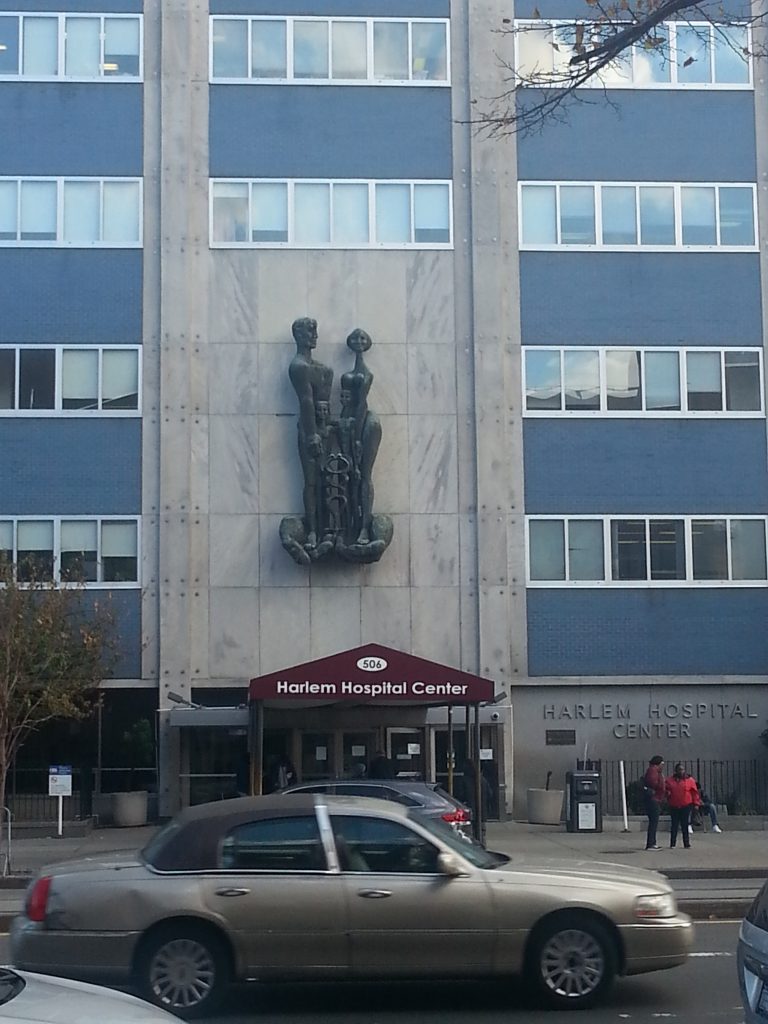
Ten blocks south is the incomparable Apollo Theater, Studio Museum of Harlem, and the Adam Clayton Powell Jr. State Office Building. 125th Street is considered Harlem’s main street as it is serviced by buses and trains and has been the site of so many commercial and entertainment options for African Americans for close to 100 years. This was the home of the Harlem Renaissance in the 1920’s, where poets like Langston Hughes, and musicians like Duke Ellington, and writers like Zora Neale Hurston. The Cotton Club where a young Lena Horne got her start was on 142nd and Lenox Ave. Ella Fitzgerald was the first winner of amateur night at the Apollo Theater and went on to perform with the band at the Savoy Ballroom (140th and Lenox Ave.) in 1934.
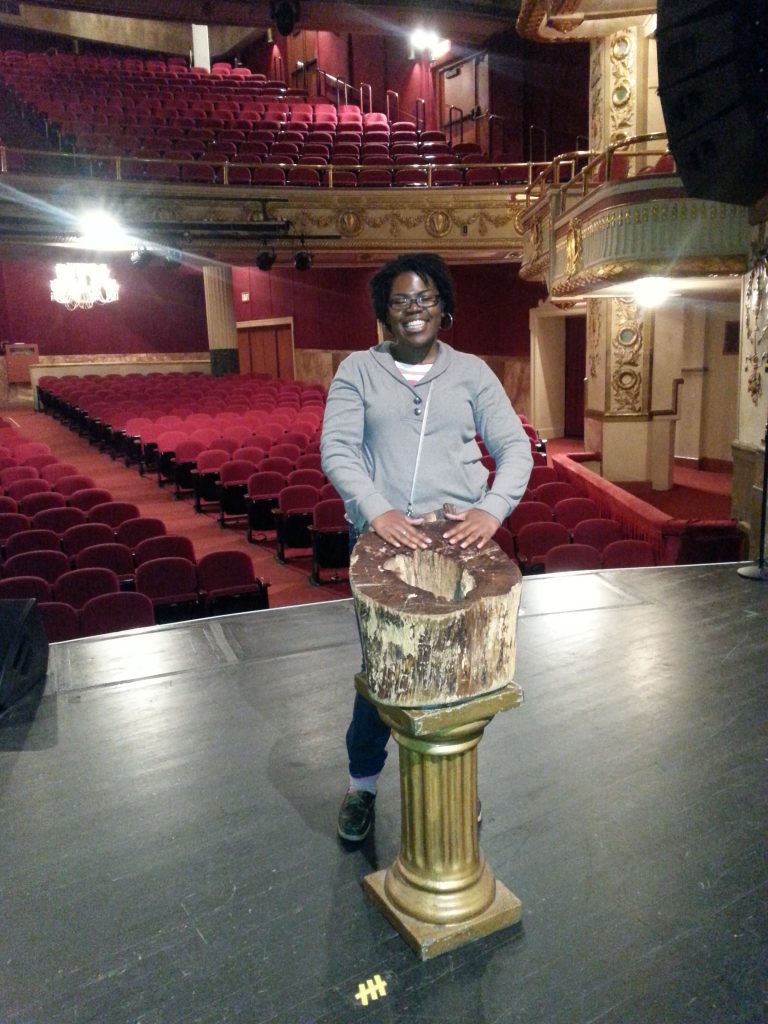
As a sophomore in high school, I was completely enchanted by these figures and to be fortunate enough to occupy the spaces of my idols was a real treat indeed. Perhaps Billy Strayhorn and I have something in common as we have lived in Orange County, NC but our hearts stay on an “A train” uptown.


